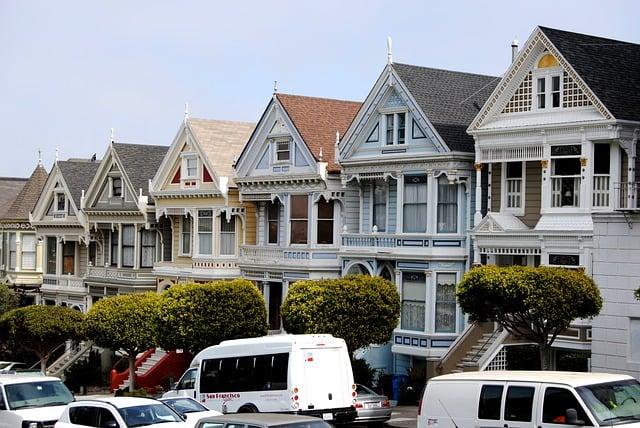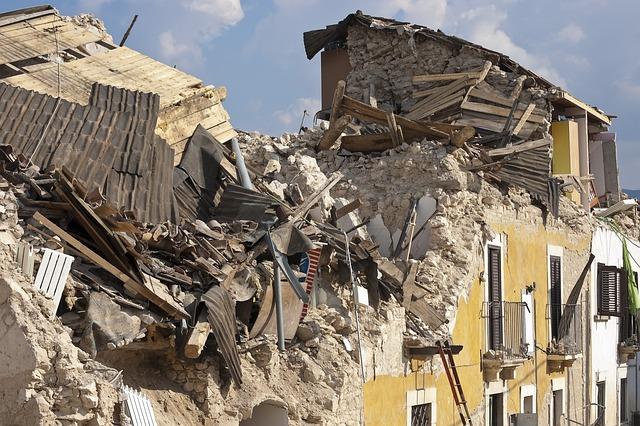- Introduction
- Earthquake History
- Impact on San Francisco
- Recovery Efforts
- Lessons Learned
- Conclusion
- FAQs
Introduction
The earthquake that hit San Francisco left a lasting impact on the city's history and resilience. In this article, we'll explore the earthquake's history, its devastating impact on San Francisco, the subsequent recovery efforts, and the valuable lessons learned from this catastrophic event.
Earthquake History

(Image: Pixabay/@Pexels)
In April 1906, a powerful magnitude 7.8 earthquake struck San Francisco, causing widespread devastation. The quake, which lasted less than a minute, triggered fires that raged for days, further ravaging the city. It remains one of the most significant natural disasters in American history, altering San Francisco's landscape forever.
The 1906 earthquake revealed the vulnerability of infrastructure to seismic activity and highlighted the urgent need for improved construction standards and disaster preparedness measures.
Impact on San Francisco

(Image: Pixabay/@Pexels)
The earthquake and subsequent fires resulted in extensive damage to buildings, homes, and infrastructure across San Francisco. Thousands lost their lives, and many more were left homeless. The disaster also disrupted essential services, such as electricity, water, and transportation, further exacerbating the crisis.
Communities were shattered, and the economic repercussions were profound, leading to a significant downturn in the city's economy. The earthquake exposed the city's vulnerabilities and underscored the importance of resilience in the face of natural disasters.
Recovery Efforts

(Image: Pixabay/@alexleonleon)
In the aftermath of the earthquake, San Francisco embarked on a massive reconstruction effort to rebuild the city. The process involved not only physical reconstruction but also social and economic revitalization. Through collective efforts and solidarity, the city slowly began to rise from the ashes, demonstrating the resilience and determination of its residents.
New building codes and zoning regulations were implemented to enhance seismic safety, ensuring that future structures would be better equipped to withstand earthquakes. The recovery efforts marked a turning point in San Francisco's history, laying the foundation for a more resilient and prepared city.
Lessons Learned

(Image: Pixabay/@Angelo_Giordano)
The 1906 earthquake taught invaluable lessons about the importance of preparedness, resilience, and community cohesion in the face of disasters. San Francisco's experience led to advancements in earthquake engineering, emergency response protocols, and public awareness campaigns aimed at promoting seismic safety.
Today, the legacy of the earthquake serves as a reminder of the need for ongoing vigilance and investment in earthquake preparedness measures. By learning from the past, we can better protect our communities and mitigate the impact of future disasters.
Conclusion
The earthquake that shook San Francisco in 1906 left an indelible mark on the city's history and collective memory. From the devastation and loss emerged resilience, innovation, and a renewed commitment to disaster preparedness. The legacy of the earthquake continues to shape San Francisco's approach to seismic safety and serves as a testament to the enduring spirit of its residents.
FAQs
What caused the 1906 San Francisco earthquake?
The 1906 San Francisco earthquake was caused by the rupture of the San Andreas Fault, a major seismic fault line in California.
How did the city rebuild after the earthquake?
Following the earthquake, San Francisco initiated a comprehensive rebuilding program that included new construction standards, urban planning reforms, and community-led initiatives.
What lessons were learned from the 1906 earthquake?
The 1906 earthquake highlighted the importance of earthquake preparedness, resilient infrastructure, and community cooperation in mitigating the impact of natural disasters.

